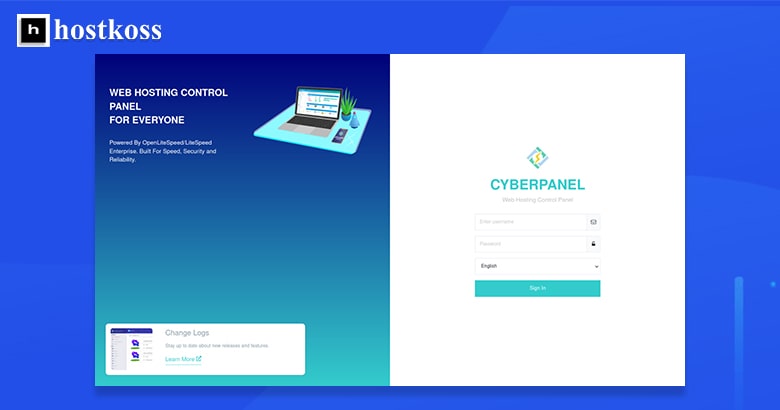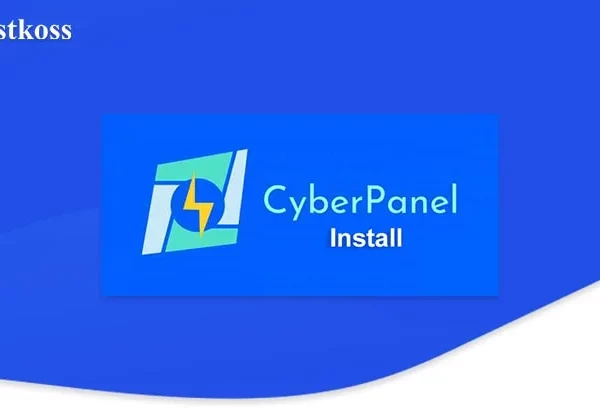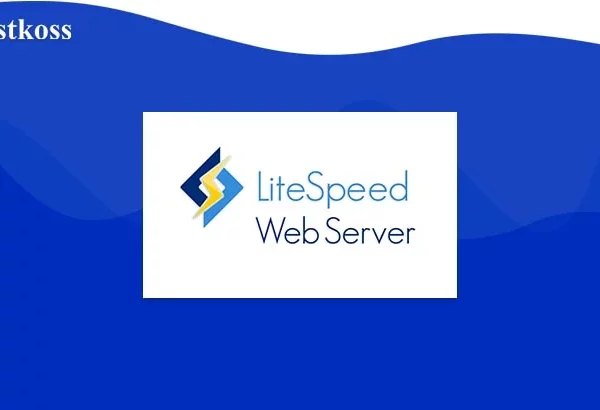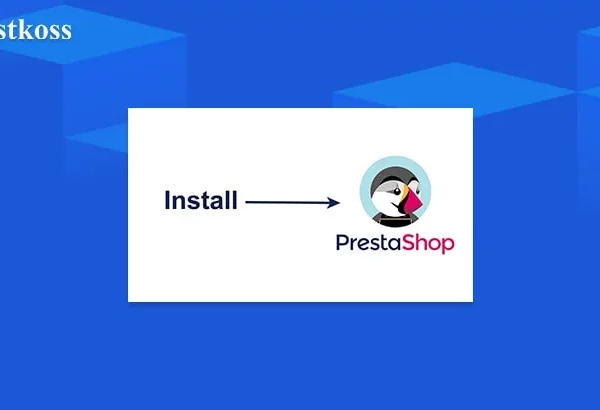Below we will show you how to launch the CyberPanel demo version. The most notable feature of CyberPanel is that it runs on the LiteSpeed web server. The developers claim that LiteSpeed is faster than Apache and NGINX, but there is a learning curve between the caching settings, the need to modify .htaccess files, and the WebAdmin console to manage LiteSpeed settings.
Official demonstration of CyberPanel
The easiest way to watch the demo is to log in to the official free demo version of CyberPanel. The login credentials for the administrator and client user can be found in the forum thread. As mentioned in the CyberPanel thread, the demo may not work for various reasons, such as incorrect password or other errors. So while this is the fastest way to try CyberPanel, it is also the least reliable.
CyberPanel provider
You may be able to find a CyberPanel managed hosting provider with a demo or trial service. If so, remember that there are differences between the free and enterprise versions of CyberPanel. CyberPanel Enterprise includes:
- LiteSpeed Enterprise version with additional caching capabilities
- Edge Side includes support for the markup language (ESI)
- Full support for .htaccess
Complete installation of CyberPanel
The actual installation allows you to see if the software is really compatible with the Linux OS and web hosting plan. Sometimes there are conflicts with the virtualization software that companies use to deploy virtual servers, which prevents the software from working properly or not working at all. There are two ways to do this.
Method #1. Installing CyberPanel on VirtualBox from the host
Desktop virtualization software allows you to securely install your own demo version of CyberPanel. Oracle VirtualBox is a free, easy-to-use option for this. Below, we will show you how to set up a Linux virtual machine (VM) and configure it so that it is available to your host computer station.
- Step 1. Download VirtualBox and install it on your computer.
- Step 2. You will need to download the same OS and the same version as your hosting provider. CyberPanel is compatible with Centos 7, Centos 8, Ubuntu 18.04, Ubuntu 20.04, and AlmaLinux 8. We recommend Ubuntu Server 20.04. Look for the full x86_64 DVD version if there are options.
- Step 3. Open VirtualBox.
- Step 4. At the top, select New .
- Step 5. Enter a name for the new virtual machine. The “Type” field should read “Linux”. The “Version” field should show “Linux” or “Red Hat”. This simply changes the icon for easier navigation if you are creating multiple virtual machines. Click Next.
- Step 6. The default memory size should work. Select Next.
- Step 7. Select Create virtual hard disk now and click Create.
- Step 8. Accept the default hard disk file type, VirtualBox Disk Image (VDI), and click Next.
- Step 9. Leave the default value (dynamically selected) “storage on a physical hard disk” and click “Next“.
- Step 10. The size of the virtual machine must be at least 10.00 GB. We recommend using at least 20.00 GB to be sure. Click the Create button.
- Step 11. The pop-up windows should close automatically. In VirtualBox, select the name of the new virtual machine on the left.
- Step 12. Select Preferences at the top.
- Step 13. On the left, select Network.
- Step 14. Change “Connected to” from NAT to Bridge Adapter in the drop-down menu.
- Step 15. The default network connection “Name” should work. If not, go back to this and select a different network connection.
- Step 16. Select Ok.
- Step 17: Select Start from the top.
- Step 18. The virtual machine will appear in another window asking for the optical disk file. Select the folder icon on the right.
- Step 19: Select Add at the top of the new pop-up window.
- Step 20. Select the Linux ISO file you downloaded in step 2.
- Step 21. Select Select.
- Step 22: This window will close and you will be left with the first page that pops up. Select Start.
- Step 23. The image will start. Click anywhere in the virtual machine. A pop-up window may inform you that clicking in the virtual machine window will limit your mouse movements to the virtual machine only. If this is the case, press the “host key” specified in the pop-up window (usually Ctrl) to move around the host computer. Before selecting Capture, write down the host key.
- Step 24. Follow the instructions to install Linux on the virtual machine.
- Step 25: Install CyberPanel in the terminal of the virtual machine. Disable Firewalld before rebooting to avoid program errors.
- Step 26. In the virtual machine, run the following command:
- ip addr show | grep inet
- Step 27. The IP address of the virtual machine should start with “192.168”. Use a PC web browser to access the CyberPanel in the virtual machine. The URL will look like “192.168.1.8:8090”.
- Step 28. Log in with the admin user and password.

Method 2. Installing CyberPanel on a VPS server.
- Step 1. Place an order for a VPS server.
- Step 2. Install the operating system Centos 7, Centos 8, Ubuntu 18.04, Ubuntu 20.04
- Step 2. Install the CyberPanel.
FAQs
Yes, you can install plugins and extensions within the VirtualBox demo version to customize your experience.
No, there is no time limit for using the VirtualBox demo version. You can use it for as long as you need to evaluate CyberPanel.
Yes, you can upgrade to the full version of CyberPanel at any time by following the upgrade instructions provided on the CyberPanel website.
Yes, the VirtualBox demo version includes all features available in the full version of CyberPanel for you to explore.
Users can access the CyberPanel community forums for support and assistance with any issues encountered while using the VirtualBox demo version.



